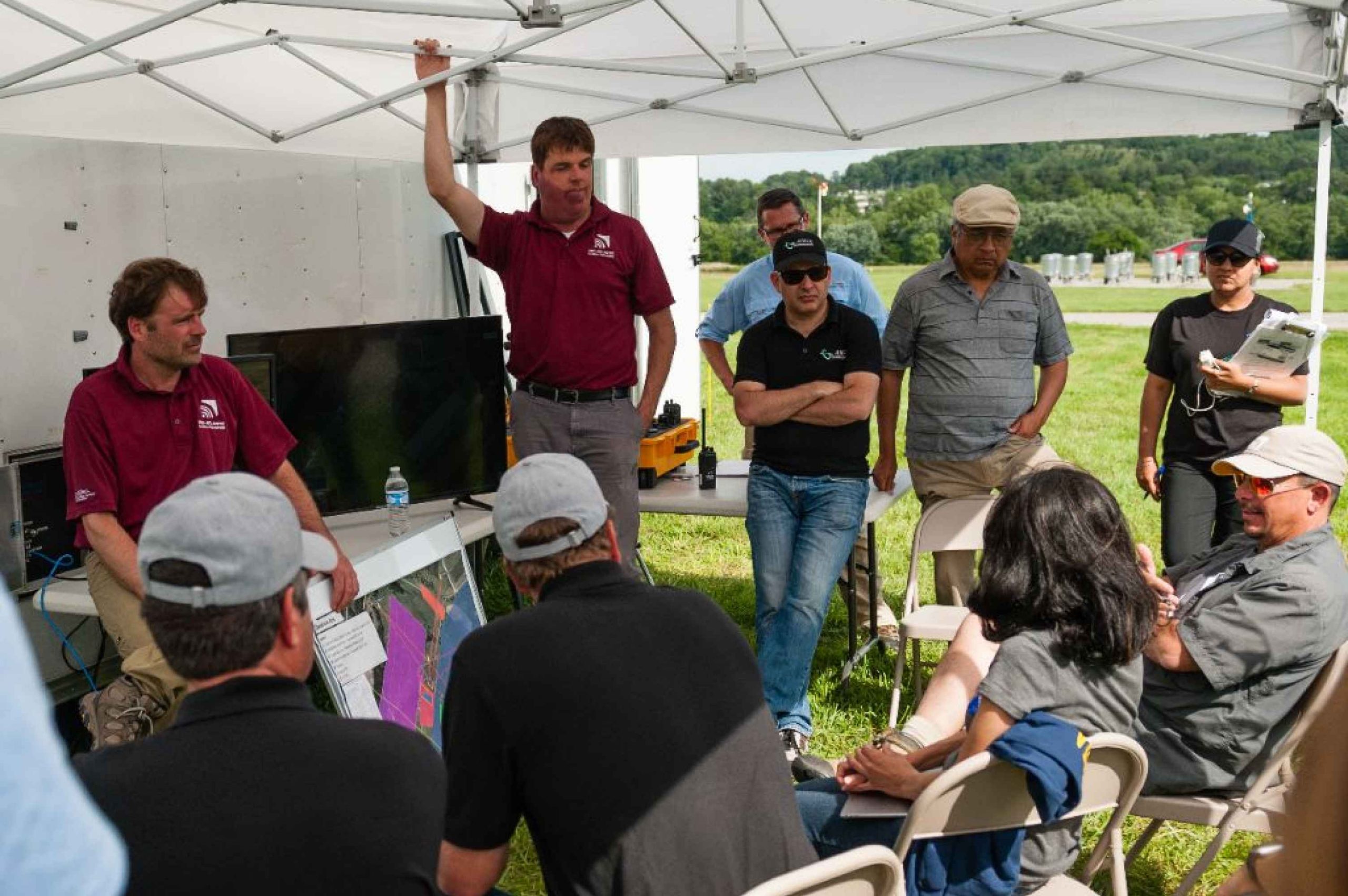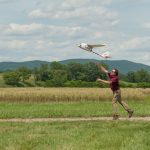ANRA Enables Beyond Visual Line of Sight UTM
On June 7th 2017 ANRA Technologies along with other commercial partners including Intel and Google’s Project Wing, took part in the UTM national campaign to test an unmanned traffic management research platform developed by NASA at Virginia Tech’s FAA Test Site in Blacksburg. The tests were designed to test and validate technology designed to allow multiple aircraft to share the same airspace safely, paving the way for broader integration of these vehicles into the national airspace.
As part of the testing two different commercial software platforms were used— one developed by ANRA Technologies, and the other developed by Project Wing.
The tests successfully demonstrated how multiple UAS service providers like ANRA can act as intermediaries between commercial operators and the FAA, air navigation service providers (ANSP) or the military and police forces—to provide critical information to the FAA regarding UAS operations and receive information back from the FAA or ANSP when required.
Along with interfacing with the FAA in the future, the tests also showed how USS will manage traffic for operators, taking requests (or flight plans) and resolving conflict issues between operators before departure and enroute, as well as providing operators with terrain, weather, and surveillance and performance information.
One of the test scenarios included an airborne compact radar which monitored the positions of the other vehicles involved in the operation as well as a manned aircraft flown nearby, displaying alerts and tracks in ANRA’s UTM Platform as well as sending the data to NASA’s research platform in real time.
ANRA also provided networked Vehicle to Vehicle (V2V) and Vehicle to Ground (V2G) radios that enabled flights traveling beyond the operator’s visual line of sight (BVLOS). These flights were de-conflicted and handled by UTM platform.
Building Blocks
This round of testing built on previous UTM TCL 1 tests as well as the activities from last fall where ANRA collaborated with four other companies and NASA as part of the first demonstration for NASA-FAA Research Transition (RTT) Data Exchange and Information Architecture (DEIA) working group (DWG). The demonstration focused on testing the interactions between two key components in the future Unmanned Aircraft Systems (UAS) Traffic Management (UTM) System through a collaborative and distributed simulation of representative scenarios.
What are the next steps?
2017 should see a lot more testing for UTM concepts with a bigger industry participation. We will see new and innovative technologies getting integrated be it around security, separation assurance or communication and navigation.
This should help lay out a blueprint for future of drone traffic management as well as the industry growth.









